I had so much fun making the first Fun With Kimono Dolls post, I decided it might be good to do it again! Here are a few more reasonably accurate kimono dress-up games for you to play with when you’re bored 🙂 Have fun!
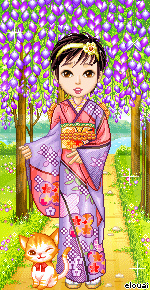 | Elouai's Candybar Dollmaker - This is NOT specifically a kimono dollmaker, there is an enormous selection of clothing, accessories, backgrounds, facial expressions, hair, etc. Sadly, no options for skin tone though. I had this doll as my avatar on the sidebar of this blog for a very long time! |
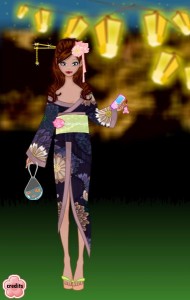 | Mega Yukata Creator - Lots of options for traditional-style and modern sexy style yukata here. Great selection of hair, eyes, and skintones. Sleeves and kimono construction are not totally accurate, but it's still fun. 🙂 |
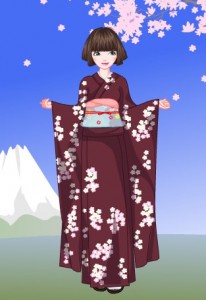 | Folk Fashion Kimono - Nice doll with a few hairstyles, and a large selection of accurate kimono and obi. |
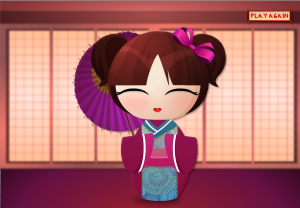 | Kokeshi Maker - Not exactly kimono, but totally adorable! Make your own kokeshi by selecting base skintone, hairstyle, and outfit. |
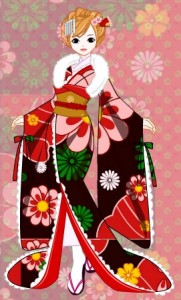 | Kimono Girl - Cute dress-up game with lots of hikizuri and fun accessories. Doll base (skin, face, etc) is not customiseable. |

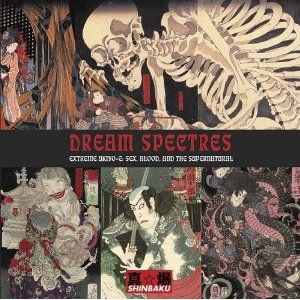
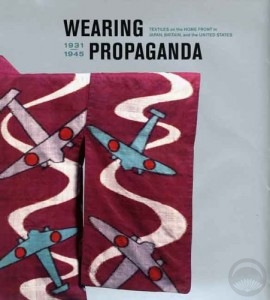 Wearing Propaganda
Wearing Propaganda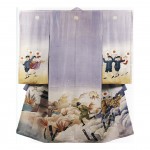
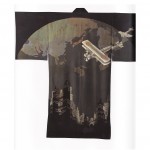
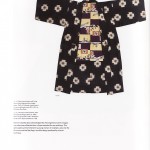
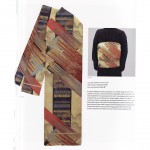
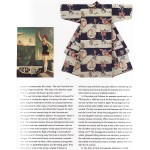
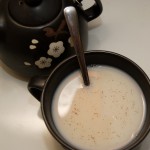
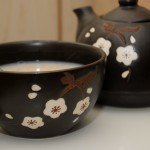
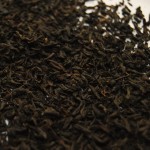
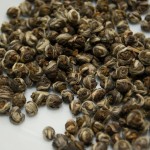
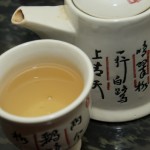





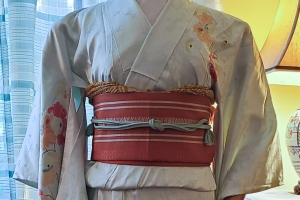
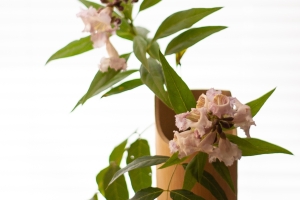
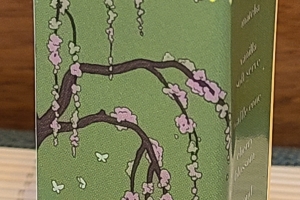



 Bebe Taian
Bebe Taian CHOKO Blog
CHOKO Blog Gion Kobu
Gion Kobu